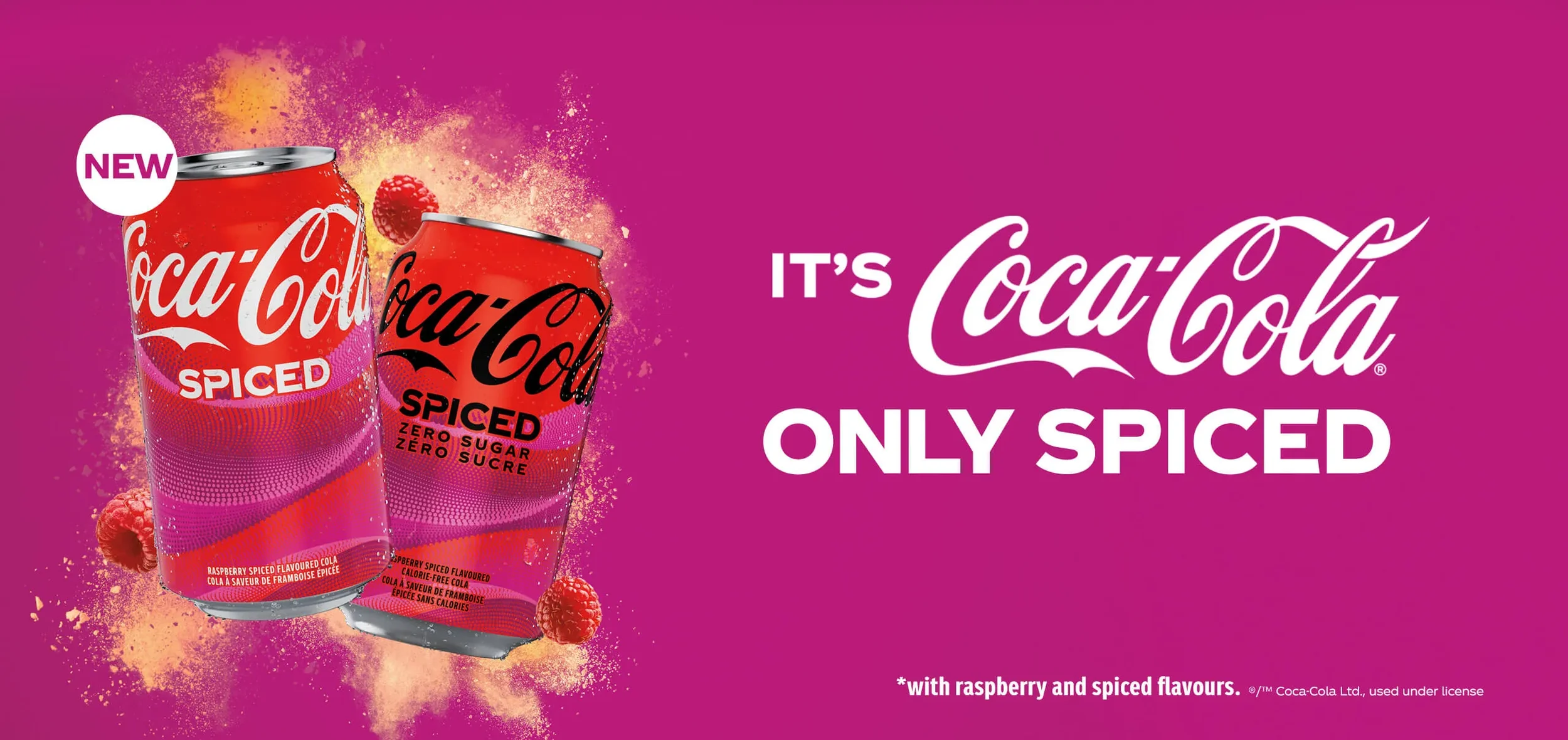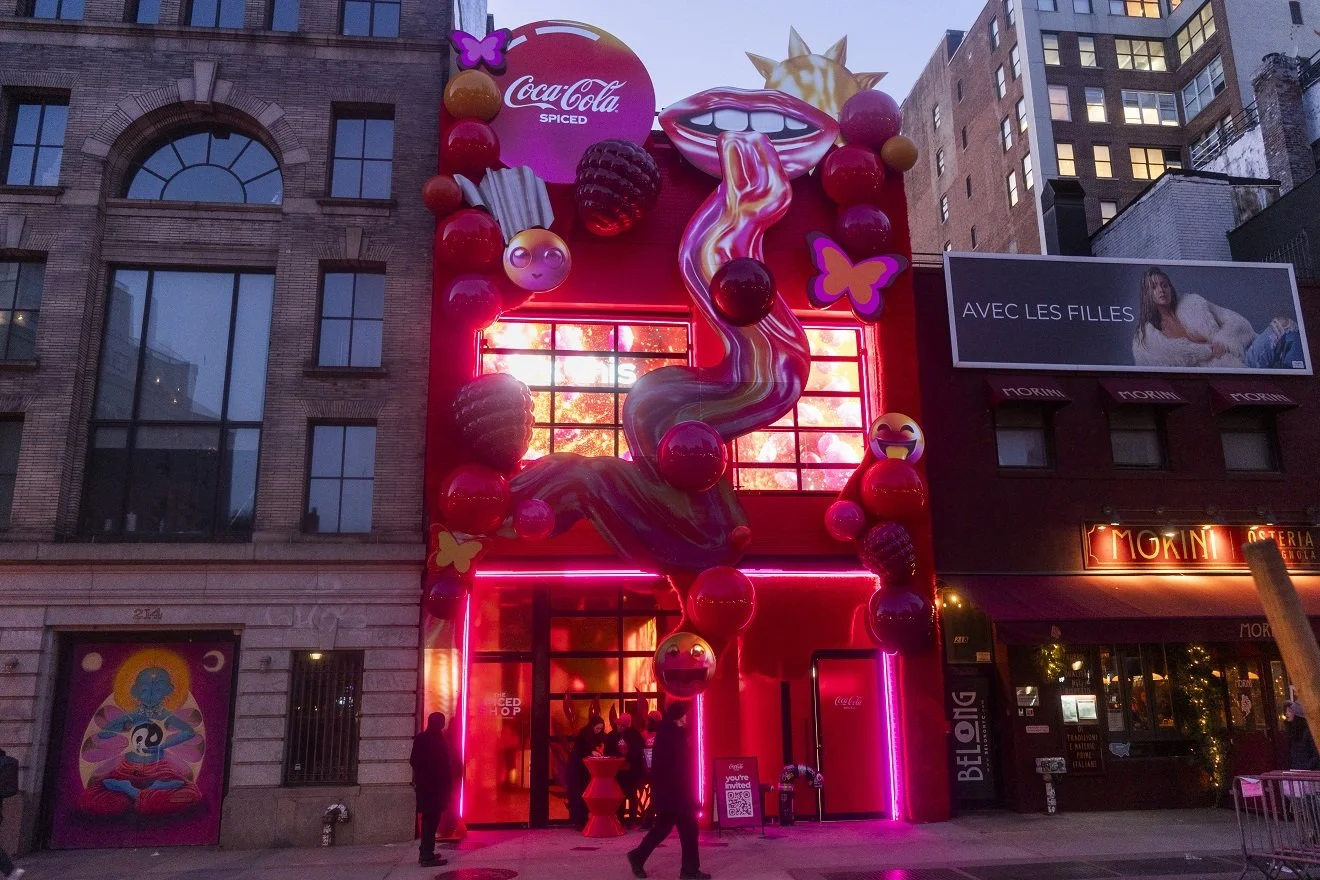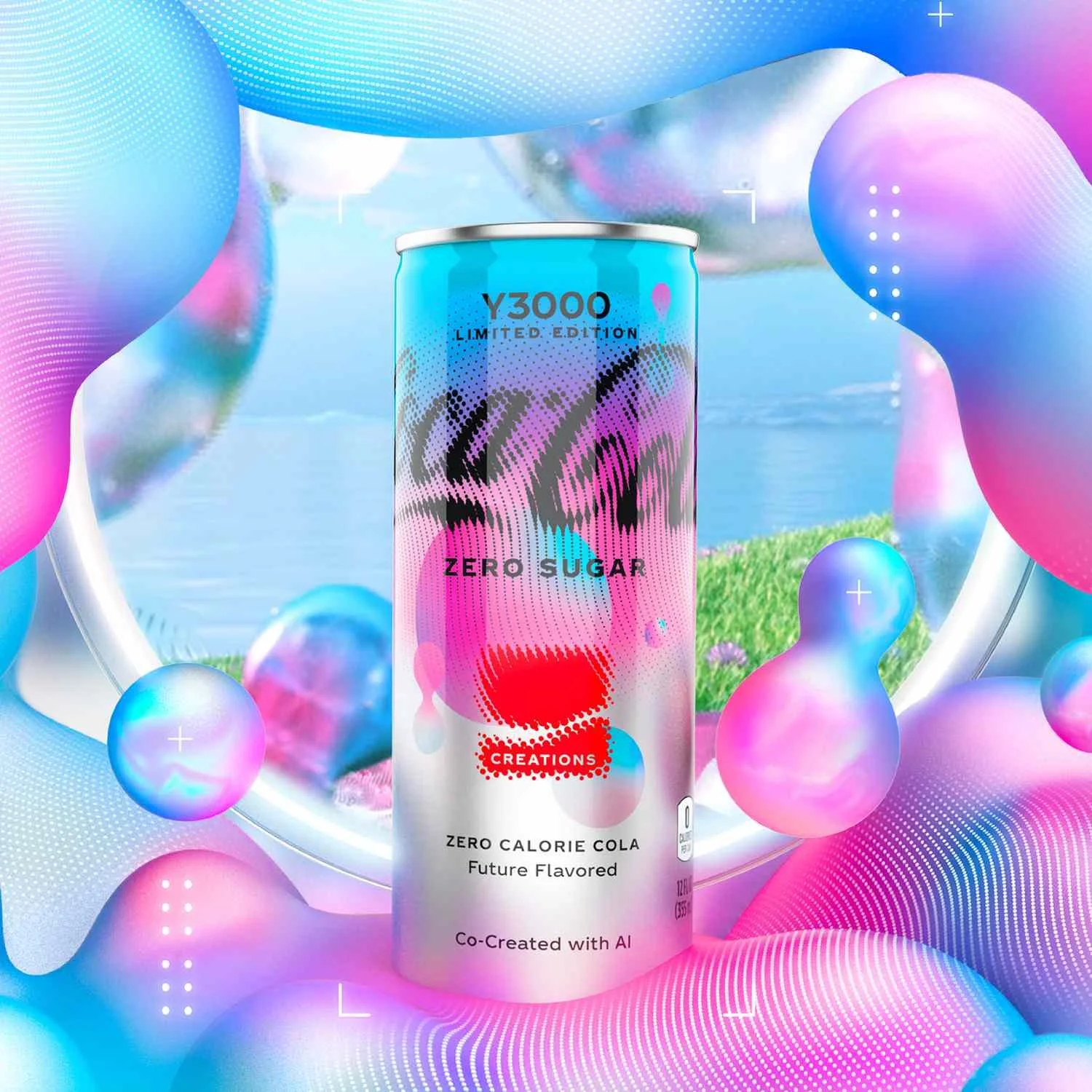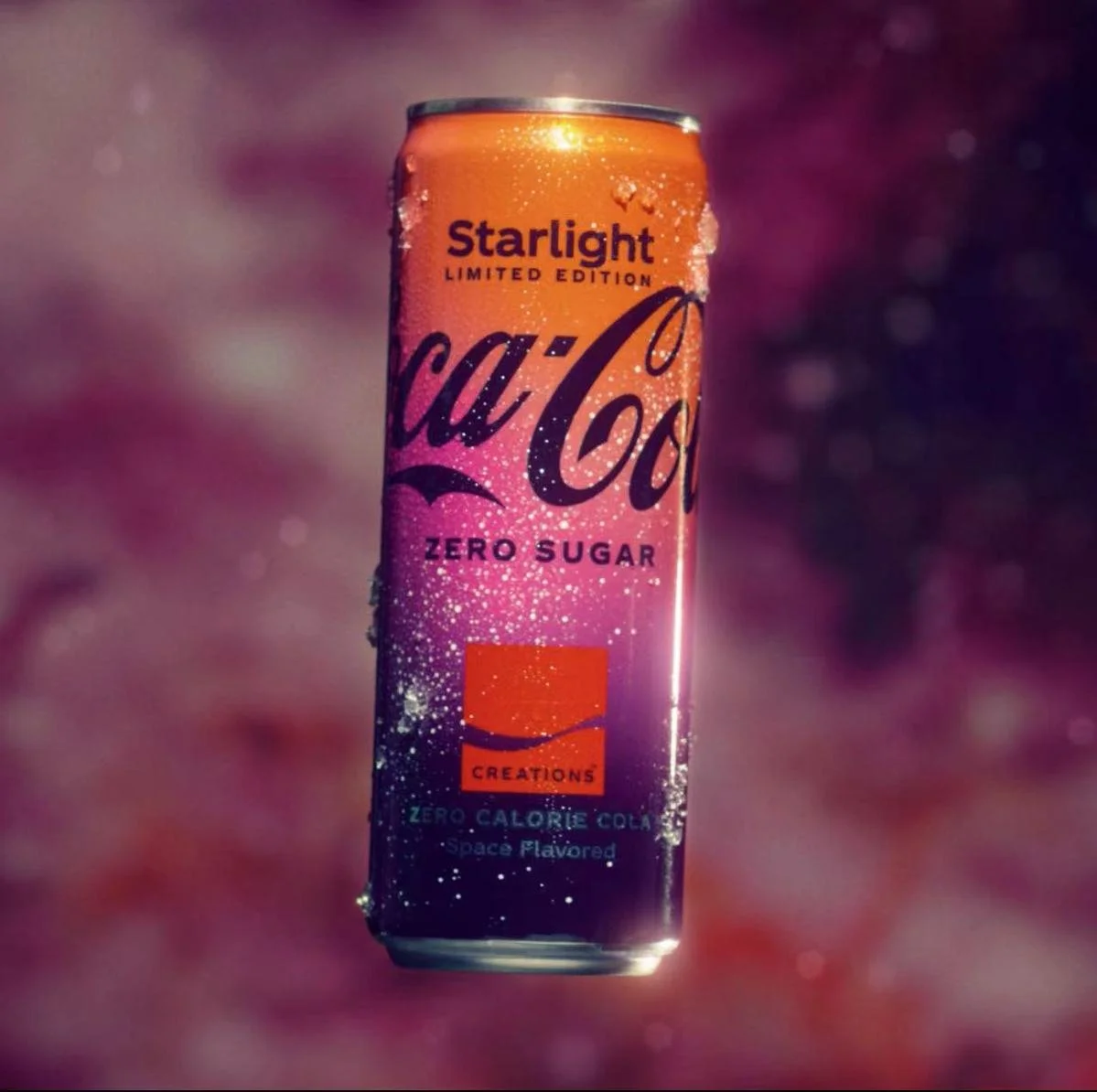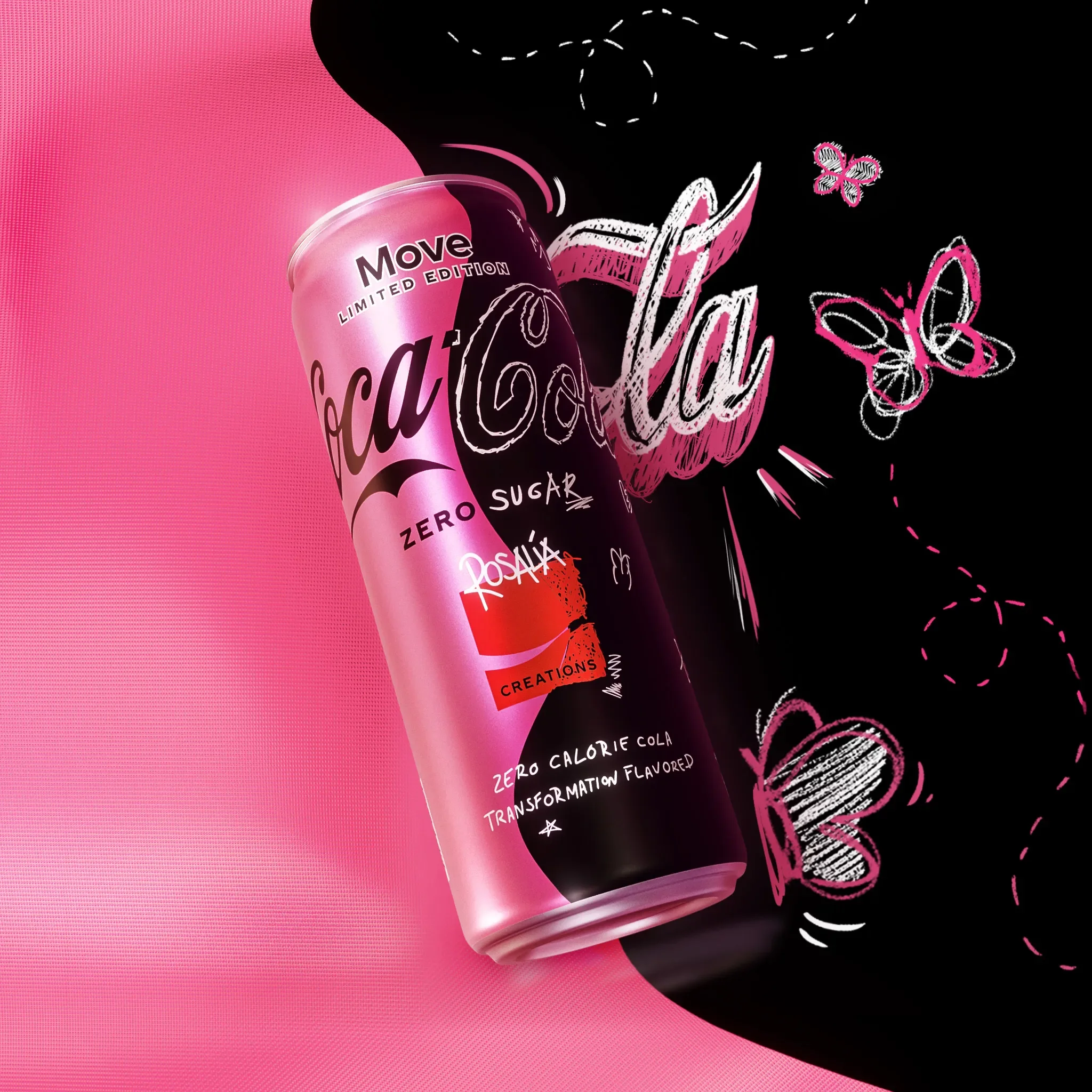Coke Goes K-Spicy
How Coca-Cola Turns Culture into Flavor
With its latest move, Coca-Cola goes K-Spicy by launching a new flavor: Spicy Raspberry Zero Cola. Riding on the global popularity of K-dramas and K-pop, the brand tapped into the worldwide fascination with K-spicy culture, inspired by Korea’s gochujang-based heat often found in dishes like buldak.
This isn’t Coke’s first experiment with the unexpected. Recently, the company released Coca-Cola Y3000 Zero Sugar, a flavor co-created with AI based on consumer data. It also launched the Creations Series—Starlight, Byte, Move, Dreamworld, Soul Blast—each marketed not for a clear flavor but for a fantasy concept like “the taste of dreams” or “the taste of space.” These editions invite consumers to buy into storytelling and imagination, not just taste.
Within this context, Spicy Coke is more than just a quirky flavor drop. It’s a cultural meme and a strategic step in Coca-Cola’s ongoing transformation into a global storytelling brand.
Why this strategy?
Competitive Pressure: After losing ground to Pepsi’s Zero Lime, Coca-Cola doubled down on its Zero Sugar line, adding bold new twists to capture Gen Z attention.
Cultural Differentiation: Instead of playing it safe with cherry or vanilla, Coke leaned into the global K-spicy trend, turning cultural fascination into flavor.
Storytelling as Strategy: It’s no longer about cola vs. raspberry vs. vanilla—it’s about dreams, futures, and now even the spice of Korean culture. Coke is selling an experience, not a drink.
In short, Coca-Cola isn’t positioning itself as a beverage company anymore—it’s evolving into a cultural storyteller.
My comment
Love it or hate it, Coke knows how to stay in the spotlight. Every move feels like a cultural event, not just a product drop. At this rate, don’t be surprised if we end up sipping on “the taste of love” or even “the taste of heartbreak.”
